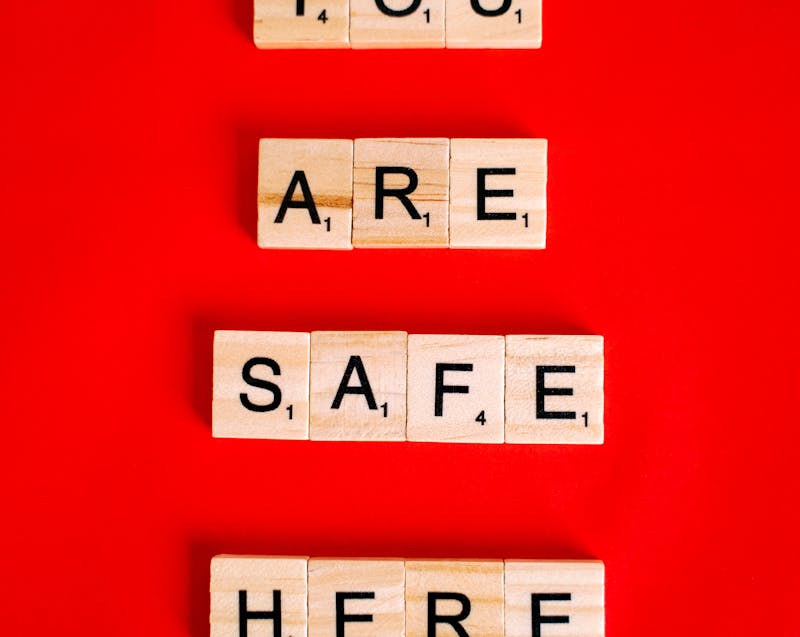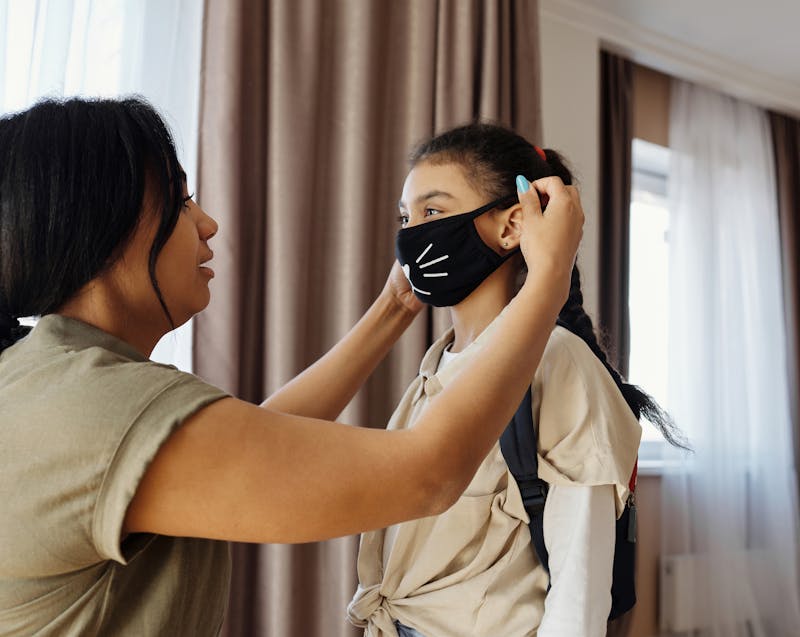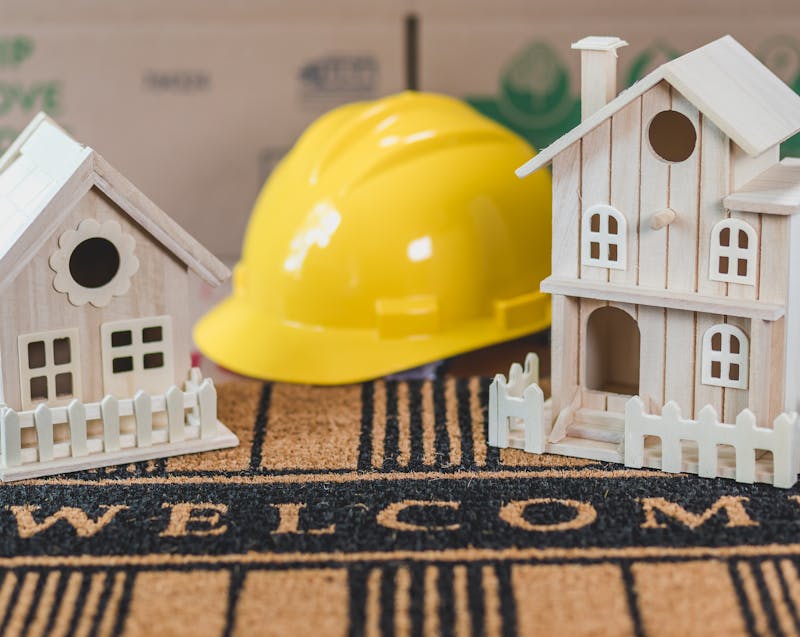
- Families should establish everyday safety rules to prevent accidents and build a culture of awareness at home.
- Fire safety practices, like maintaining smoke detectors and creating escape plans, are essential for family protection.
- Preventing common household injuries involves simple steps such as using non-slip mats, securing sharp objects, and supervising children.
- Electrical safety rules—like avoiding overloaded outlets and using childproof plugs—help minimize serious risks.
- Regularly discussing home safety topics with children makes safety awareness part of their daily lives.
- Emergency preparedness, including first-aid kits and family plans, ensures calm and effective responses during crises.
Keeping your family safe doesn’t have to feel overwhelming. While every household faces different risks, the key to reducing accidents lies in practicing consistent safety habits every day. Simple precautions, from fire safety to childproofing, can protect your loved ones from preventable harm.
This guide breaks down the most important everyday safety rules at home that families should follow. Whether you’re raising toddlers, living with teenagers, or caring for older relatives, these practical tips will help you create a secure and nurturing environment for everyone.
Why Do Families Need Everyday Safety Rules at Home?

Safety rules at home are not just about preventing injuries—they are about creating a culture of awareness, responsibility, and care. Families that follow consistent safety practices are more prepared to handle unexpected emergencies and less likely to face common household accidents such as falls, burns, or electrical shocks.
By teaching children about safe habits early on, parents can build lifelong awareness that extends beyond the home. For example, establishing rules around how to use the stove or handle cleaning products helps kids understand the importance of safety in every setting. Setting clear expectations also minimizes confusion, ensuring that every family member knows what to do in different situations.
Everyday Fire Safety Rules for Families
Fire hazards are one of the most common household risks. Cooking, electrical appliances, and even candles can quickly become dangerous if left unattended. Families should adopt clear fire safety rules that everyone understands and can follow daily.
Some important fire safety guidelines include:
- Never leave cooking food unattended on the stove.
- Keep matches, lighters, and candles out of children’s reach.
- Unplug appliances when not in use.
- Ensure smoke detectors are installed in every room and tested monthly.
- Create and practice a family fire escape plan at least twice a year.
These practices not only reduce risks but also prepare your family to respond quickly in case of an emergency.
How Can Families Prevent Common Injuries at Home?
Household injuries like falls, cuts, and burns are among the most preventable with the right precautions. Families should take the time to identify everyday hazards and put safety rules in place to address them.
Practical tips to prevent common injuries include:
- Install safety gates near stairs for young children.
- Keep sharp objects such as knives and scissors stored in locked drawers.
- Place non-slip mats in the bathroom and kitchen.
- Always supervise children during bath time.
- Teach older children to handle household chores with care, such as using step stools safely.
By focusing on prevention, families can significantly reduce the risk of accidents while teaching children valuable lessons in responsibility.
Everyday Electrical Safety Rules at Home
Electricity powers nearly everything in our homes, but it can be dangerous if not handled correctly. Families should take extra precautions when it comes to electrical appliances, cords, and outlets.
Key rules include:
- Do not overload outlets or extension cords.
- Cover unused electrical outlets with childproof plugs.
- Keep electrical devices away from water sources.
- Replace frayed or damaged cords immediately.
- Remind children never to insert objects into outlets or play with cords.
Teaching children about electrical safety early ensures they respect the risks and avoid accidents as they grow older.
Teaching Kids Safety Awareness Through Home Safety Topics

Children learn best when safety rules are explained in simple, relatable ways. One effective approach is using home safety topics as part of regular family discussions. By covering themes such as fire prevention, emergency contacts, or safe play areas, parents can create teachable moments that reinforce good habits.
For example, families might dedicate a weekend to practicing how to dial emergency numbers or role-play what to do if a stranger comes to the door. Turning safety into a routine discussion helps children internalize these practices, making them second nature as they grow.
Everyday Safety Rules for Emergency Preparedness
Emergencies can strike without warning, from power outages to natural disasters. Families should establish clear rules to ensure everyone knows how to act in unexpected situations.
Practical emergency preparedness rules include:
- Keep a first-aid kit stocked and accessible.
- Teach children how to call emergency numbers.
- Store flashlights and extra batteries in multiple rooms.
- Prepare an emergency bag with water, snacks, and important documents.
- Assign roles during emergencies, such as who grabs the emergency kit or checks on pets.
Preparedness empowers families to stay calm under pressure and ensures children feel secure knowing there’s a plan in place.
Final Thoughts on Everyday Safety Rules at Home
Everyday safety rules at home provide more than just protection—they foster peace of mind, responsibility, and confidence in every family member. From preventing fires and accidents to teaching children the importance of emergency preparedness, these rules strengthen your household’s ability to handle challenges.
The most effective safety practices are those that become part of your family’s daily routine. By consistently modeling safe behavior and reinforcing these rules, parents can build a safe and supportive environment where children grow up feeling secure.


